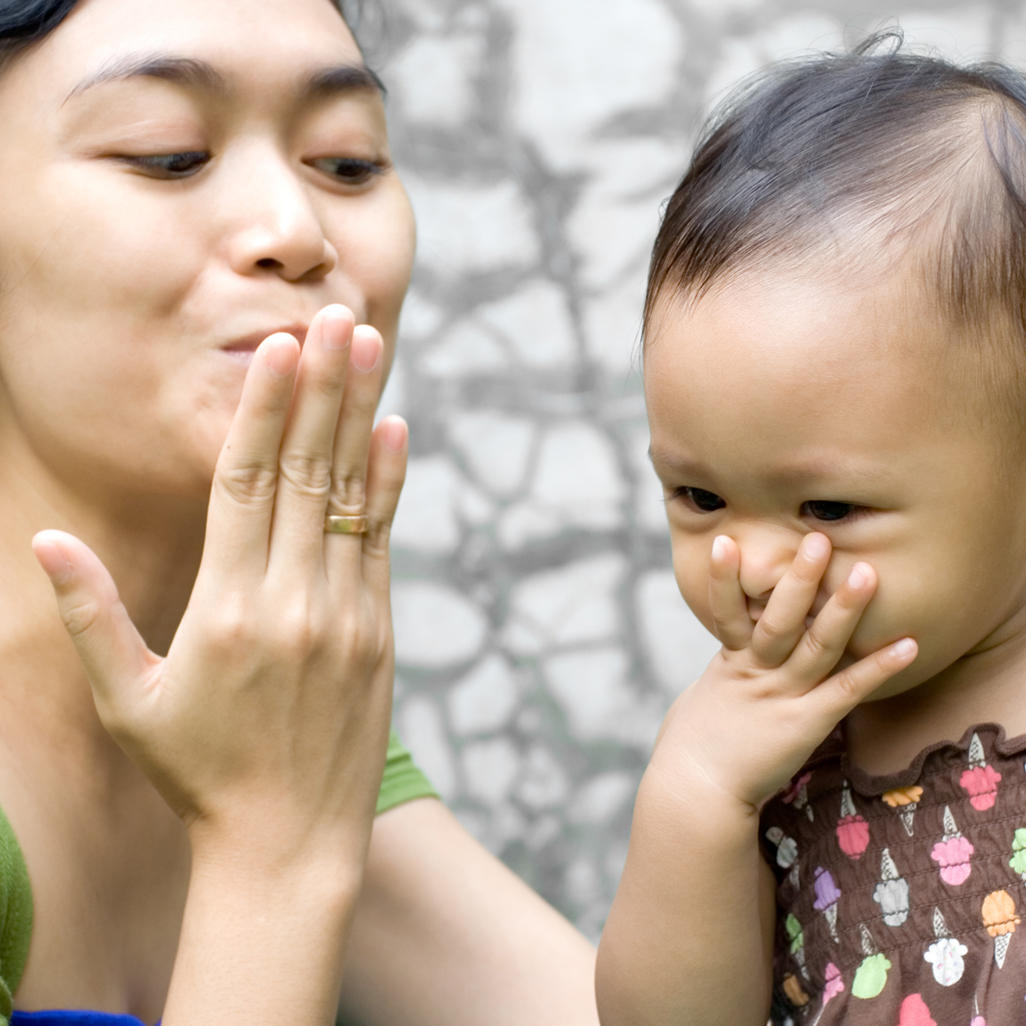You are now parents. Congratulations! Like all other new parents on earth, you’re probably excited and itching to buy a whole wardrobe of cute baby clothes and all accessories you can think of for the nursery room. However, resist going on a full shopping rampage lest you end up purchasing unnecessary and impractical items that may end up shelved and unused – an all too common mistake first-time parents make.
Best if you first consider a few friendly tips from experienced parents on choosing baby clothes that your baby can actually wear.
Buy just enough pairs of each clothing item.
As much as you want to buy anything and everything for your baby, keep in mind that babies very quickly grow out of their clothes. Therefore buy only the necessary quantity and not more.
Safety should always come first.
Unfortunately, baby clothes safety is an essential aspect that busy parents sometimes overlook. Statistically, baby clothes that fail to meet safety standards are recalled by the millions annually. Here are some points to consider:
- Choose baby clothes with low fire hazard labels. Opt for flame-resistant fabrics.
- Avoid clothes with choking hazards such as buttons, bows, hooks and flowers.
- Steer clear of clothes with strangulation hazards such as waistbands and drawstrings.
Choose comfort over style.
There’s nothing wrong with choosing cute and stylish babywear as long as your baby’s comfort is not compromised. Choosing the right fabric is essential.
- Whether it’s for a newborn or a toddler, cotton is the best option for your baby’s sensitive skin. Especially in hot weather, cotton is the best choice for keeping your baby cool.
- Azlon (a soy-based fabric) and rayon (from bamboo) are good alternatives. Like cotton, these are breathable, comfortable, silky smooth and environmentally sustainable.
- Avoid brightly-coloured clothes. These are usually added with fluorescent agents that can cause skin irritations.
- Avoid polyester and nylon. These materials have poor moisture absorption and thus cannot help in regulating your baby’s body temperature.
Baby rompers, stretchable bodysuits, and leggings or pants with an elastic waist are all-time favourites when it comes to baby’s comfort. They also make changing diapers a lot easier for the parents.
Consider Cost & Quality
Choosing frugality over quality should never be an option. Quality need not be overly expensive, and affordable baby clothing does not necessarily make them ‘low quality.’ Do adequate research and price comparisons in order to find quality and affordable clothes for your little one.
Consider the season.
Avoid shopping whimsically. Make sure that the baby clothes you buy are appropriate considering the season and your geographical location. In this way, your baby is comfortably dressed, and money is not wasted.
Choose practical baby footwear.
Ideally, your baby’s very first steps should be practised barefoot. If the floor is really cold, non-slip socks or soft-soled slippers will do. Your baby will only need a proper pair of shoes for outdoor walks. Once he reaches this milestone, consult a child shoe specialist for a proper fitting. To make walking comfortable and enjoyable, make sure that both shoe size and sock size are up to date as your child grows.
With these valuable tips and considerations, you can now make informed decisions concerning baby rompers, baby shoes and any other baby stuff without breaking the bank or compromising comfort.
